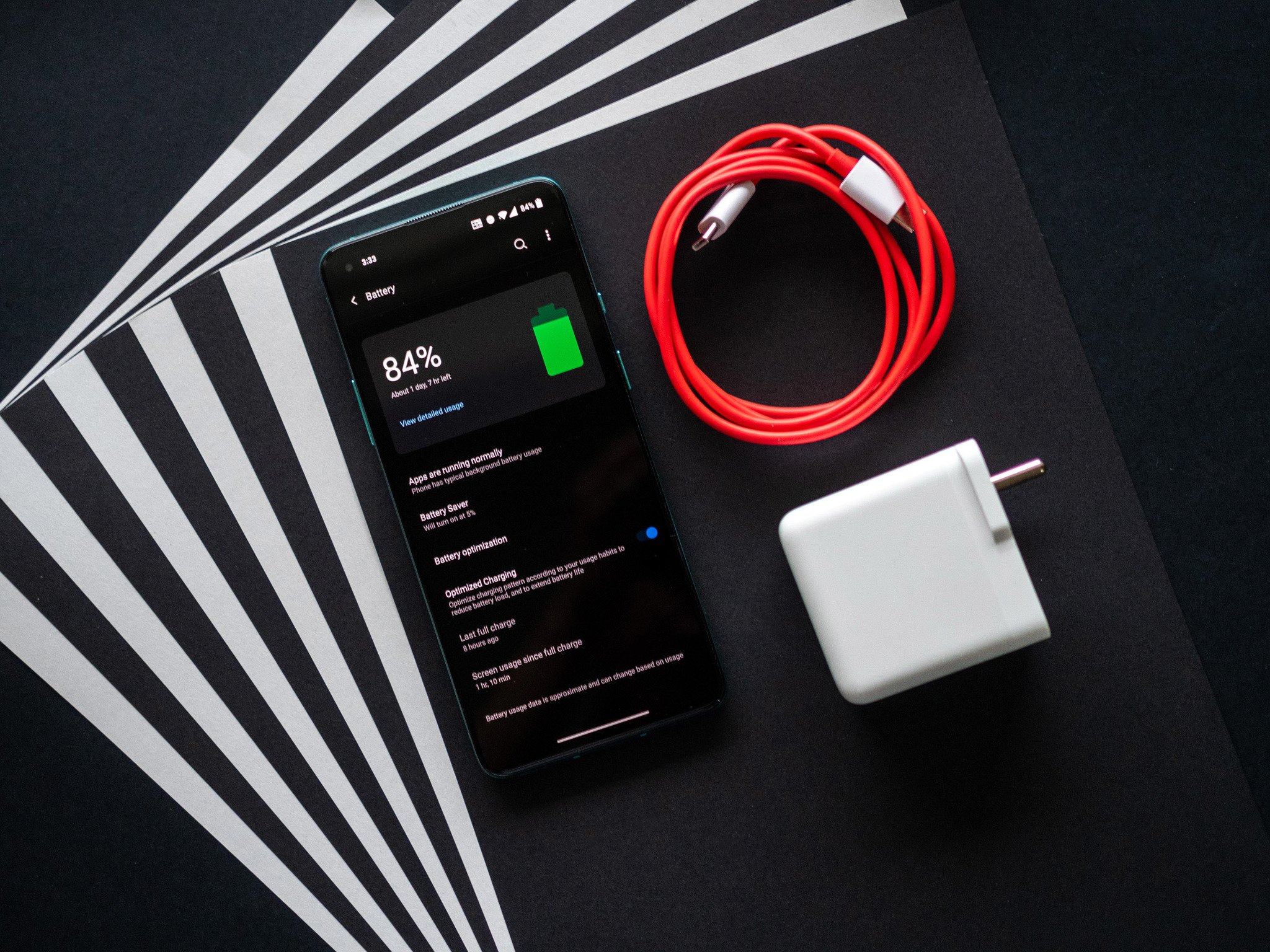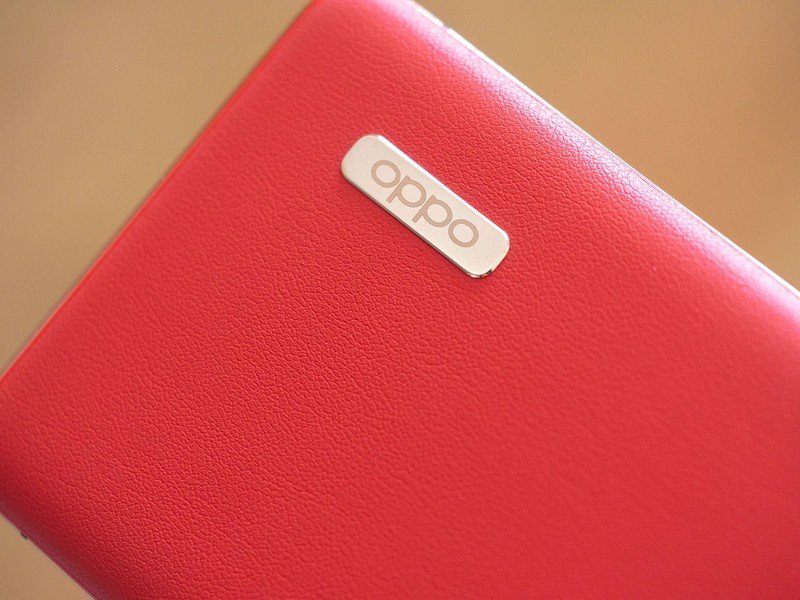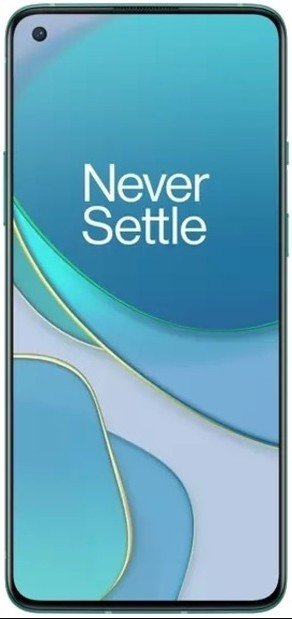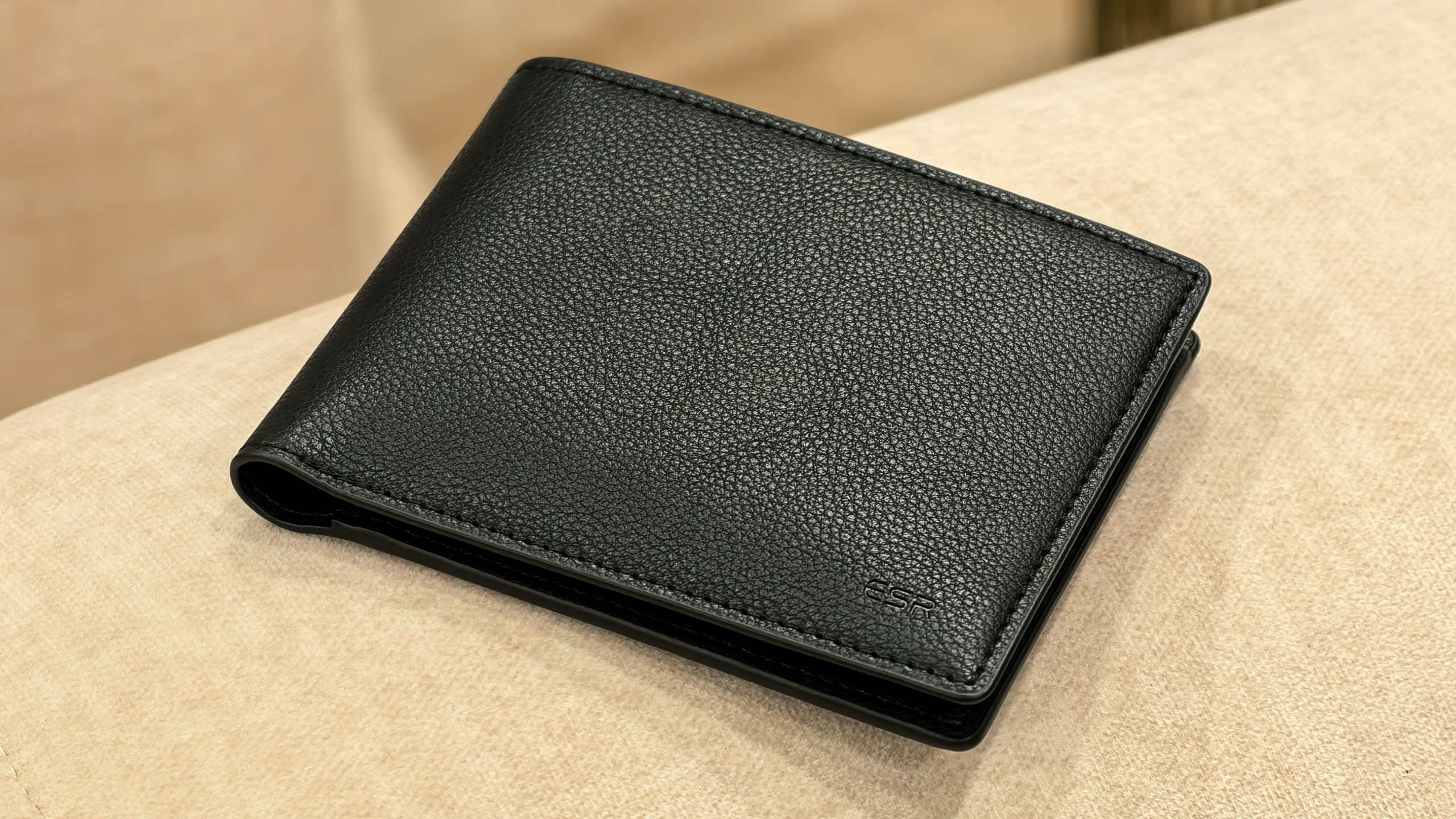Battery tech is going to get even better in 2021 with 125W fast charging

2020 was bad for most things, but we got meaningful charging-related innovations. The best Android phones had 25W wired charging as default, but we also got 50W USB PD charging from Xiaomi on its Mi 10 Pro flagship, and OPPO introduced an insane 65W fast charging system on its Find X2 Pro.
This 65W charging tech was licensed by OnePlus for the OnePlus 8T, with Warp Charge 65 using the same dual-cell battery design to deliver 32.5W charge to each cell simultaneously. The result is that the Find X2 Pro and 8T can fully charge their batteries in under 40 minutes, going from zero to 50% in just 15 minutes.
OPPO and Xiaomi are leading the charge for battery tech.
Chinese brands have always led the way for battery innovations, and that's set to continue into 2021. Xiaomi has already introduced its 120W charging system in the Mi 10 Ultra, but that particular device is limited to China at the moment. We should see the tech make its way to the Mi 11, Xiaomi's 2021 flagship series.
Xiaomi's 120W charging tech can fully charge a 4500mAh battery in just 23 minutes and delivers a 41% charge after just five minutes. OPPO has also introduced its 125W VOOC fast charging solution, and it is slated to debut in the brand's 2021 Find X3 flagship. With 125W charging, OPPO is claiming a full charge of a 4000mAh battery in just 20 minutes.

This breakthrough in charging tech is down to the way a battery is designed. Instead of a single 4500mAh battery, OPPO uses a dual-cell design that sees two 2250mAh batteries. The charging current is then split into two, with both cells receiving the charge simultaneously. Both companies use charge pumps for efficient charging, and they're going with GaN tech to ensure the charger itself is diminutive.
The ability to get a full charge in just 20 minutes means you shouldn't have to leave your phone plugged in overnight. That's already the case with devices like the Find X2 Pro and 8T — I routinely plug the devices in for charging in the morning, and they hit a full charge in just over 30 minutes.
OPPO's fast charging tech uses over a dozen safeguards to ensure reliable transmission of power.
Of course, the other point to consider when talking about charging speeds of over 100W is safety. OPPO's 125W VOOC charging standard delivers a 20V/6.25A current over USB-C, and it uses three charge pumps in the charger to send the charge effectively to the phone. The handset itself has four charge pumps, with three used for charging and one for discharging.
Get the latest news from Android Central, your trusted companion in the world of Android
The charge pumps on the phone halve the voltage and double the amperage to turn the 20V/6.25A charge into 10V/12.5A, and they each carry 42W of energy. Going this route ensures the battery doesn't get too hot while charging, and there are numerous safeguards in the charger, charging cable, and the handset itself to ensure the charger doesn't burn down your house.
That's one reason why you'll only get 125W fast charging when you use OPPO's charger along with its dedicated USB-C charging cable. Only when all three requirements are met — the right charger, cable, and handset that can handle the 125W current — will the charger switch to the 125W charging mode.
From Tasleem Arif, vice president and head of R&D at OPPO India:
OPPO increased charging speeds but maintained stricter temperature controls, thus eliminating potential safety hazards. The 125W flash charge adopts five-fold safety protection measures in the charger, wires, and handset, as well as a specially customized intelligent control chip that controls the voltage, current, and temperature to deliver a safe charging experience.
I used 65W charging for most of the year — first on the Find X2 Pro, then on the 8T — and I never felt the need to be worried about the charger causing damage to the phones.
Lithium-ion batteries will continue to dominate the industry for the foreseeable future. While the battery tech itself hasn't changed all that much in a while, it's great to see manufacturers pushing the boundaries of charging innovations.

The new standard for performance
With a new design backed by a gorgeous 120Hz AMOLED display and blazing-fast 65W fast charging, the OnePlus 8T is packed with exciting upgrades. The phone runs Android 11 out of the box, has a ton of new software features, and delivers one of the best overall packages in this category.

Harish Jonnalagadda is Android Central's Senior Editor overseeing mobile coverage. In his current role, he leads the site's coverage of Chinese phone brands, networking products, and AV gear. He has been testing phones for over a decade, and has extensive experience in mobile hardware and the global semiconductor industry. Contact him on Twitter at @chunkynerd.
